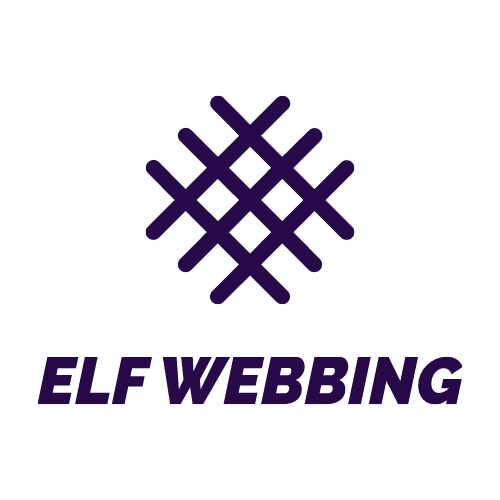Welcome to our comprehensive guide on webbing! As a leading manufacturer in the industry, we understand the importance of choosing the right webbing for various applications. Whether you're a professional in the field or simply interested in learning more, this blog post will provide you with valuable insights into the world of webbing. From types and materials to applications and considerations, we've got you covered!

1. What is Webbing?
Definition: Webbing refers to a strong woven fabric strip, typically made from nylon, polyester, or polypropylene.
Importance: Webbing plays a crucial role in various industries, including automotive, military, outdoor gear, and more.
Key characteristics: High tensile strength, durability, flexibility, and resistance to abrasion and UV rays.
2. Types of Webbing
Nylon Webbing: Known for its strength, elasticity, and high resistance to moisture, making it ideal for heavy-duty applications.
Polyester Webbing: Offers excellent resistance to UV rays, mildew, and chemicals, making it suitable for outdoor and marine use.
Polypropylene Webbing: Lightweight, affordable, and resistant to water, making it popular in the sporting goods and luggage industries.
Specialty Webbing: Reflective, flame-resistant, and tubular webbing, designed for specific applications.

3. Applications of Webbing
Automotive Industry: Seat belts, cargo straps, and harnesses.
Outdoor Gear: Backpacks, tents, hammocks, and climbing equipment.
Military and Defense: Load-bearing equipment, tactical gear, and parachutes.
Medical and Safety: Patient restraints, slings, and lifting straps.
Fashion and Accessories: Belts, dog collars, and bag straps.
Equestrian and Pet Industry: Horse halters, dog leashes, and harnesses.
4. Factors to Consider When Choosing Webbing
Strength and Load Capacity: Determine the required tensile strength and load-bearing capacity.
Environmental Conditions: Consider exposure to UV rays, moisture, chemicals, and temperature variations.
Flexibility and Stretch: Assess the level of flexibility and stretch needed for the application.
Width and Thickness: Choose the appropriate dimensions based on the intended use.
Color and Design: Consider aesthetics and branding requirements.
5. Webbing Maintenance and Care
Cleaning: Follow manufacturer recommendations for cleaning and maintenance.
Inspection: Regularly inspect webbing for signs of wear, damage, or degradation.
Storage: Store webbing in a cool, dry place away from direct sunlight and chemicals.
Choosing the right webbing is crucial to ensure the safety, durability, and performance of various products across industries. By understanding the different types of webbing, their applications, and the factors to consider when choosing them, you can make informed decisions that meet your specific needs. As a trusted manufacturer of high-quality webbing, we are committed to providing reliable products that meet the highest standards. Contact us today to learn more about our webbing solutions and how we can assist you.

